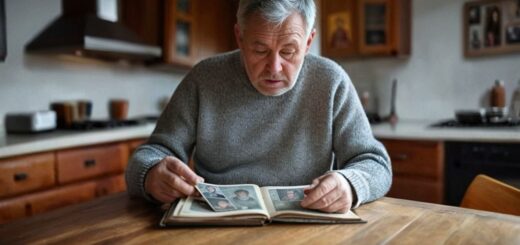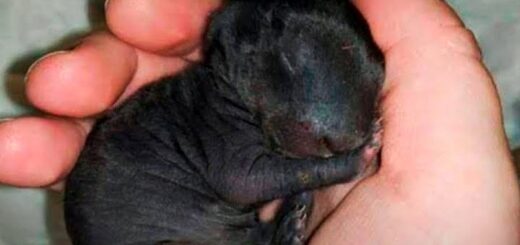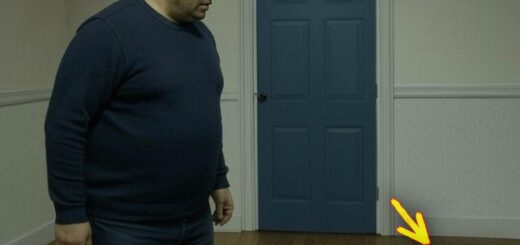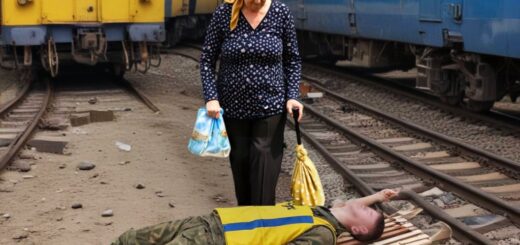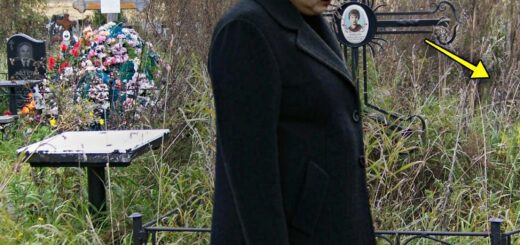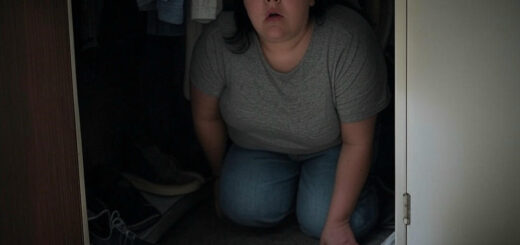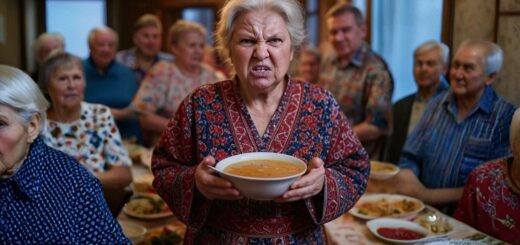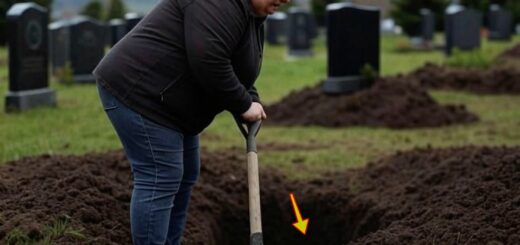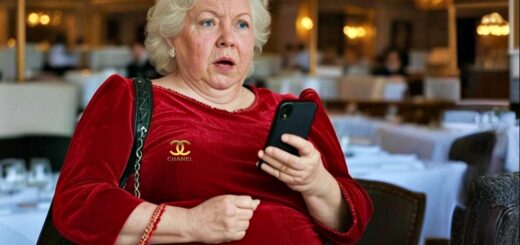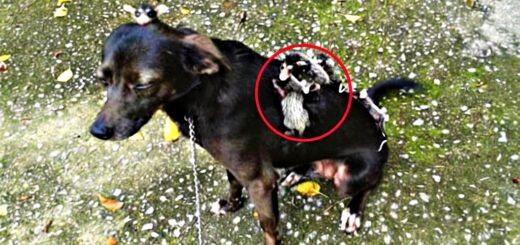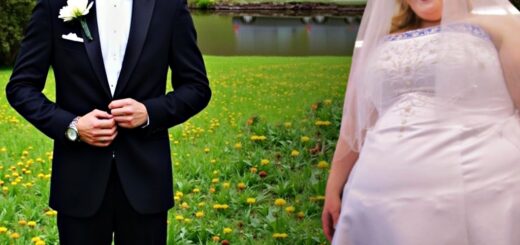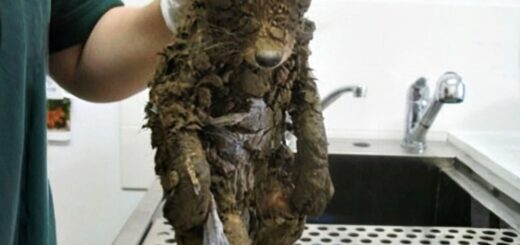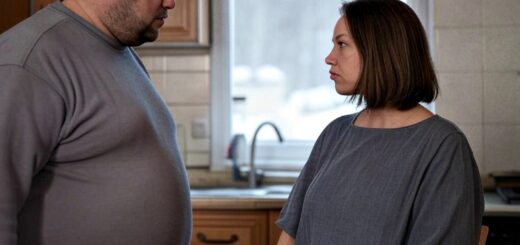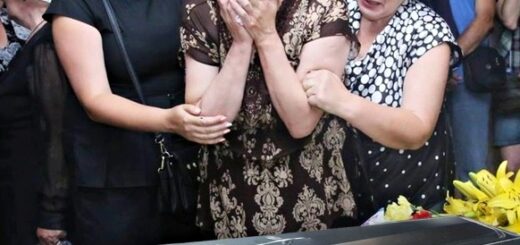Three ladies snap a picture together. A century later, researchers take a closer look and are totally blown away
And all because we zoomed in on a century-old photograph, Marcus marveled. If Thomas Himmel hadn’t captured that moment, those girls would have just been three more forgotten child laborers, Sonya finished. Instead, they’ve given us a window into human adaptation that could help us develop new treatments for occupational lung diseases.
After sharing her findings, word spread around the medical and science departments. By fall, Sonya found herself addressing a packed auditorium at the Academic Conference on Historical Epidemiology in Boston. The discovery transformed the old Portet Mill itself.
Now converted to upscale condominiums, it housed a small museum dedicated to its industrial past. In the center of the main exhibit stood a large print of the Thomas Himmel photograph, surrounded by the story of the discovery and its implications. Tourists gathered around as a guide explained the significance.
Soon, everyone in the scientific community whispered about Pearl Turner, the young girl who possessed a genetic variation that allowed her to survive conditions that killed many of her peers, including her own sister. By 2015, Sonya’s research had progressed from historical curiosity to medical breakthrough. At the medical research conference in Atlanta, she addressed a room of scientists and pharmaceutical researchers.
Pearl’s condition, which they had collectively named Turner adaptation, was introduced as a specific genetic variation that enhances cellular repair mechanisms in lung tissue exposed to hazardous particles. The discovery already led to two experimental treatments for occupational lung diseases, both of which were showing remarkable promise. Some critics claimed Professor Abernathy and her team were making too much of a single case, but Sonya shunned the voice of doubt echoing around her.
For her, science often began with a single observation that didn’t fit the expected pattern. Its correlation with this case was glaringly obvious. Pearl Turner lived while her siblings died young…
